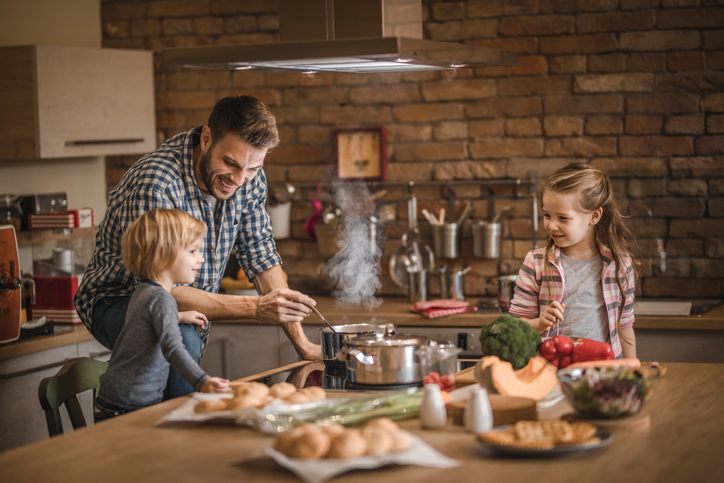The holidays are coming and that means it’s time to indulge (or in some cases, overindulge – and I am speaking for myself here) in your favorite foods. The holidays are the only time of year when you can freely enjoy carbs and multiple servings of dessert without judgment or concern, because you know the extra pounds will magically disappear in January when you begin your new rigorous exercise routine – just like you promised in your New Year’s resolutions.
But before you begin creating those award-winning holiday dishes, remember to consider food safety, to keep your feast from turning into a flop ending in the nearest emergency room.
 The Centers for Disease Control and Prevention (CDC) estimates 76 million cases of food borne disease occur each year in the United States. Most cases are mild and cause symptoms only for a day or two. Others, however, are more serious and the CDC reports there are 325,000 hospitalizations and 5,000 deaths related to these illnesses each year.
The Centers for Disease Control and Prevention (CDC) estimates 76 million cases of food borne disease occur each year in the United States. Most cases are mild and cause symptoms only for a day or two. Others, however, are more serious and the CDC reports there are 325,000 hospitalizations and 5,000 deaths related to these illnesses each year.
So, what should you do to make sure your dishes are tasty and free of bacteria? FoodSafety.gov suggests the following:
Clean:
- The first rule of safe food preparation is to keep everything clean. Be sure to wash your hands with warm water and soap for 20 seconds before and after handling any food. Also – be sure to wash any food contact surfaces (cutting boards, dishes, utensils, countertops) with hot soapy water.
- Always rinse fruits and vegetables under cool water and use a produce brush to remove surface dirt.
- Do not rinse raw meat and poultry before cooking.
Separate:
- Don’t cross contaminate. Use separate cutting boards and plates for produce and for meat, poultry, seafood and eggs.
Cook:
- Cook foods to the right temperature. If in doubt, use a food thermometer to make sure foods are cooked to the right temperature.
- Also – keep food hot after cooking (140 degrees F or above).
Chill:
No, this is not your cue to relax because you’re done preparing your holiday meal!
- Be sure to refrigerate all foods promptly. That means packing away your leftovers within two hours. Food Safety.gov says illness-causing bacteria can grow in perishable foods within two hours unless you refrigerate them. And it takes even less time during the summer!

These are just a few food safety highlights. For more food safety tools and tips, visit FoodSafety.gov.
Now that you’re armed with the proper tools and tips to keep your holiday meals safe, the only thing left to do is enjoy the holidays. Oh, and don’t forget to plan your new exercise routine (once again – that reminder is totally for me)!
